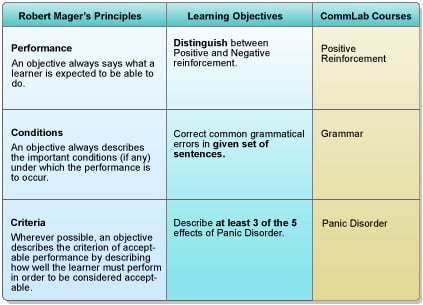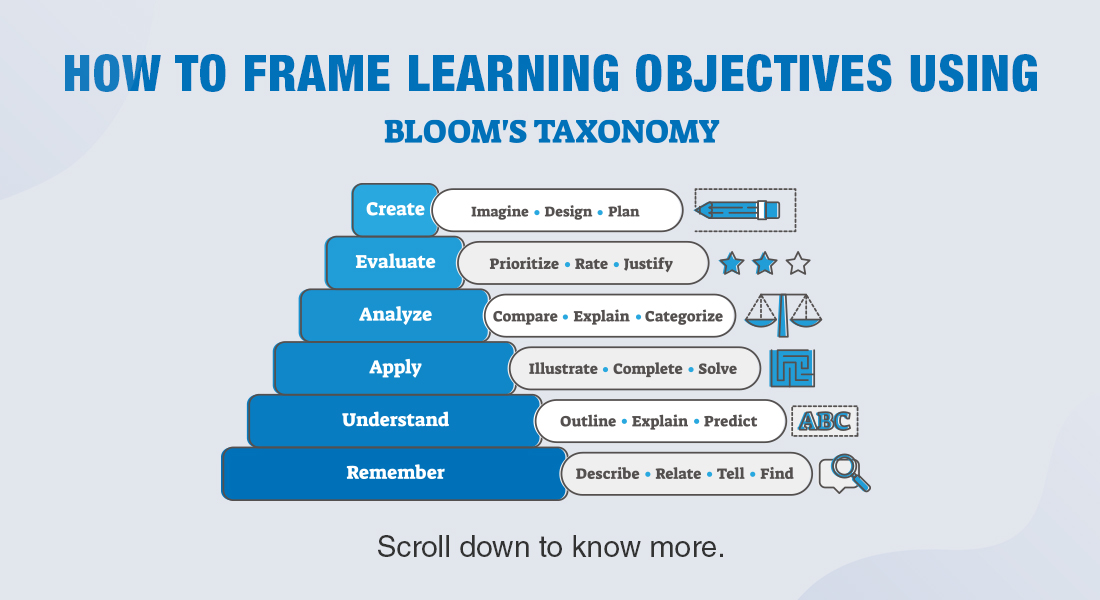Are Robert Mager’s Performance-based Learning Objectives Passé in Today’s World of Learning?

When I first read Dr. Robert Mager’s seminal book (more a booklet), “Setting Instructional Objectives”, I had my first ‘aha’ experience in the field of training and learning. At that time, I have just changed my career track from Sales to University Teaching and Corporate Training. I did not have a formal background in Learning and Performance Management and his principles guided me through my new career like a beacon of light to explore and learn further.
Robert Mager’s principles help answer critical questions while designing training programs or developing storyboards for eLearning courses
- What will be content for the subject?
- What will be the duration of learning?
- What will be the instructional strategy (how best can a particular topic be presented)?
- What will be the type of assessments?
The book itself is a gem, so succinctly yet so humorously written that I finished my first reading in one sitting! It is one book that practices what it preaches. Its instructional objectives are so well set and so well achieved in me that I never read the book again for clarification. But I read it many times (and continue to read it) for the sheer pleasure of reading such a masterpiece.
His almost simplistic aphorism about setting quantifiable and measurable learning outcomes is so simple yet so powerfully logical. If used along with the other two principles of conditions (under which the performance has to be done) and criteria of acceptable performance, it becomes a cornerstone for all instructional interventions, be it classroom or eLearning.
 ROBERT MAGER’S PRINCIPLES AS APPLIED IN COMMLAB’S PRODUCTS
ROBERT MAGER’S PRINCIPLES AS APPLIED IN COMMLAB’S PRODUCTS
For me, Robert’s principles always helped me answer critical questions while designing training programs or developing storyboards for eLearning courses.
- What will be content for the subject?
- What will be the duration of learning?
- What will be the instructional strategy (how best can a particular topic be presented)?
- What will be the type of assessments?
I would like to hear from my fellow learning professionals what they think of Mager’s principles and to what extent are they used in today’s world of rapid eLearning.
Thank you very much for reading my blog.
RK Prasad
CEO





